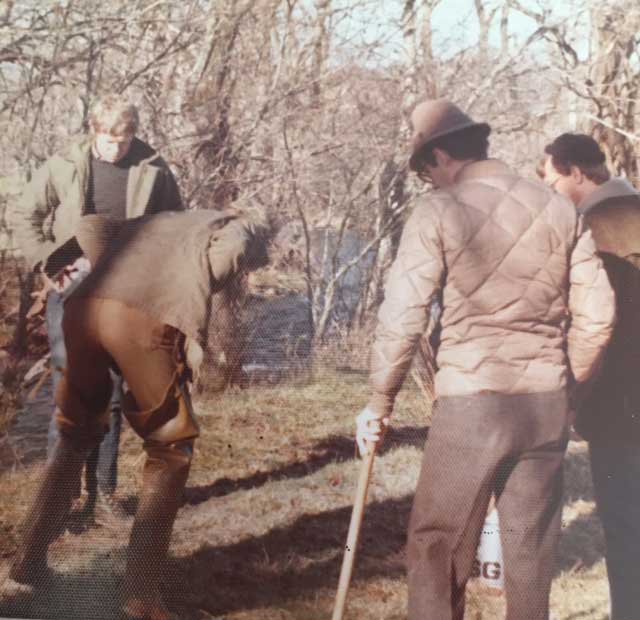Where
Great Smoky Mountains National Park straddles 800 square miles along the border of western North Carolina and southeastern Tennessee. Within a day’s drive of nearly half of America’s population, it’s the nation’s most popular national park, with upwards of 9,000,000 visitors annually.
Great Smoky Mountains National Park
Why
More than 450 miles of trout streams—including many that hold southern Appalachian brook trout.
“There are five Outstanding National Resource waters in the park, a testament to its great fish habitat,” said Steve Moore, a retired park fisheries biologist and land manager. “Some of the smaller streams that are 10 to 20 feet wide have 700 to 1,500 trout per mile. The Little River has 2,000 to 3,200 trout per mile. I began fishing here when I was 15, and I believe that fly fishing these streams can be as challenging as anywhere. There’s overhanging vegetation on most streams, so you really have to watch your back and forecasts—though you usually don’t have to throw more than two rod lengths of line.”
Anglers have lots of choices for river experiences.
“There are rivers along park roads,” Moore continued, “rivers you can hike into within a mile of the trailhead, and places where you can hike back and camp and see few people. Most of the fish here don’t get longer than 9 inches —but they’re all wild fish. A few systems do have browns that will get over 10 pounds—not a lot of them, but they’re there.”
I began fishing here when I was 15, and I believe that fly fishing these streams can be as challenging as anywhere.
Steve MooreLocal knowledge
Make the first cast count.
“You need to hit specific pockets and get a drag free presentation,” Moore said. “If you screw up that first cast, you may not catch a fish in that spot. I usually make three casts and move on; if a fish doesn’t hit after three, either I’ve done something wrong or it’s not feeding.”
Almost any attractor pattern will work.
Support public lands and look good doing it!

TU Initiatives
In the early 1970s, biologists recognized that native brook trout in Great Smoky National Park were quickly losing range to introduced rainbow and brown trout. Working with partners including Tennessee Wildlife Resources Agency, North Carolina Wildlife Resources Commission, the U.S. Forest Service, the Little River Chapter of Trout Unlimited, Great Smoky Mountain Chapter of Trout Unlimited and Tennessee Tech University, Steve Moore’s team launched a long-term effort to save the Appalachian brookie in the park. Efforts, which included clearing streams of non-native trout and re-populating those streams with brookies, have yielded great results. Brook trout now occupy more than 200 miles of streams in the park, including 27 that are the direct result of restoration efforts.
“To fish for wild trout today in their native habitat is a privilege given by the hard work of TU volunteers and partners with state and federal agencies,” said John Reinhardt, President of the Great Smoky Mountain Chapter of Trout Unlimited. “This is the kind of collaboration that makes a difference for generations to come.”

TU volunteers planting tress in GSMNP in the 1970.
Photo by Joe Congleton.
Make a Difference
Want to give back to the fisheries you love? Connect with your local TU chapter and help with conservation projects in your backyard, youth education and lots of other rewarding ways to ensure a bright future for our coldwater fisheries.
